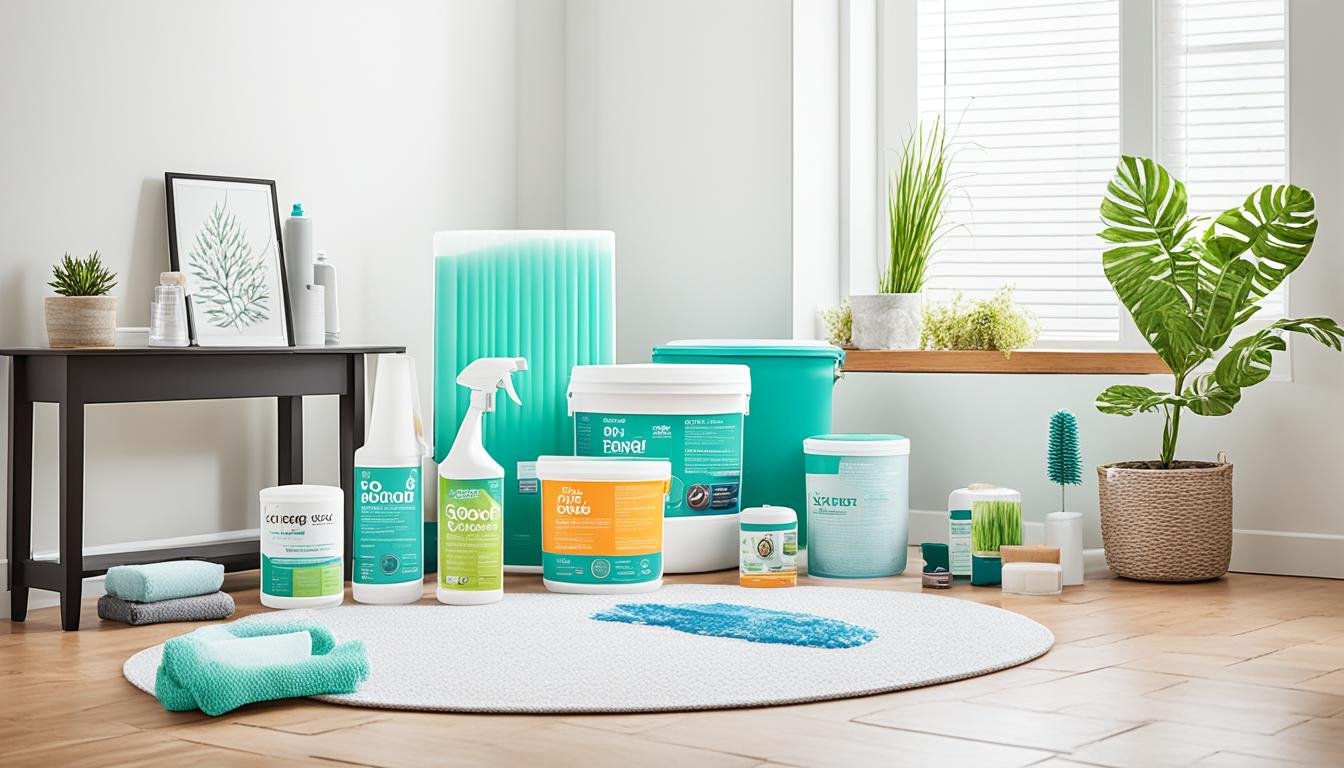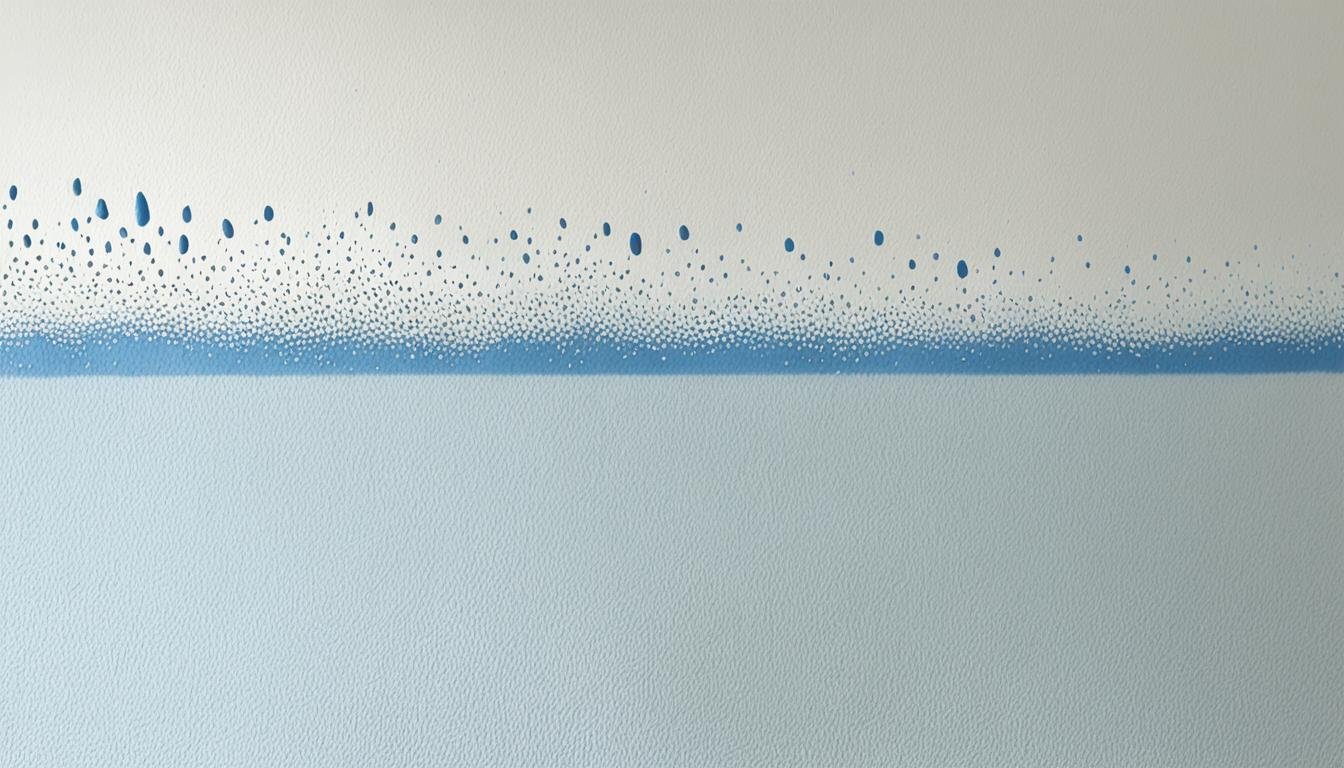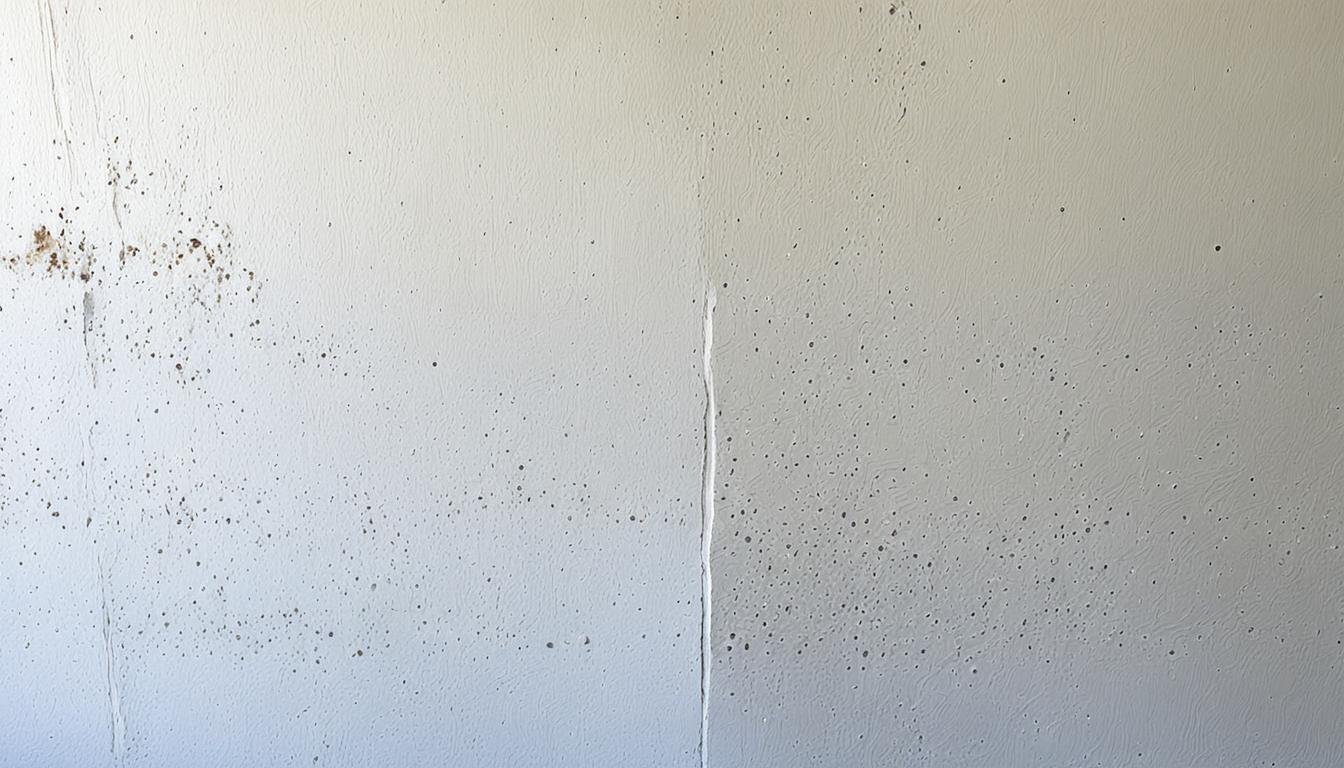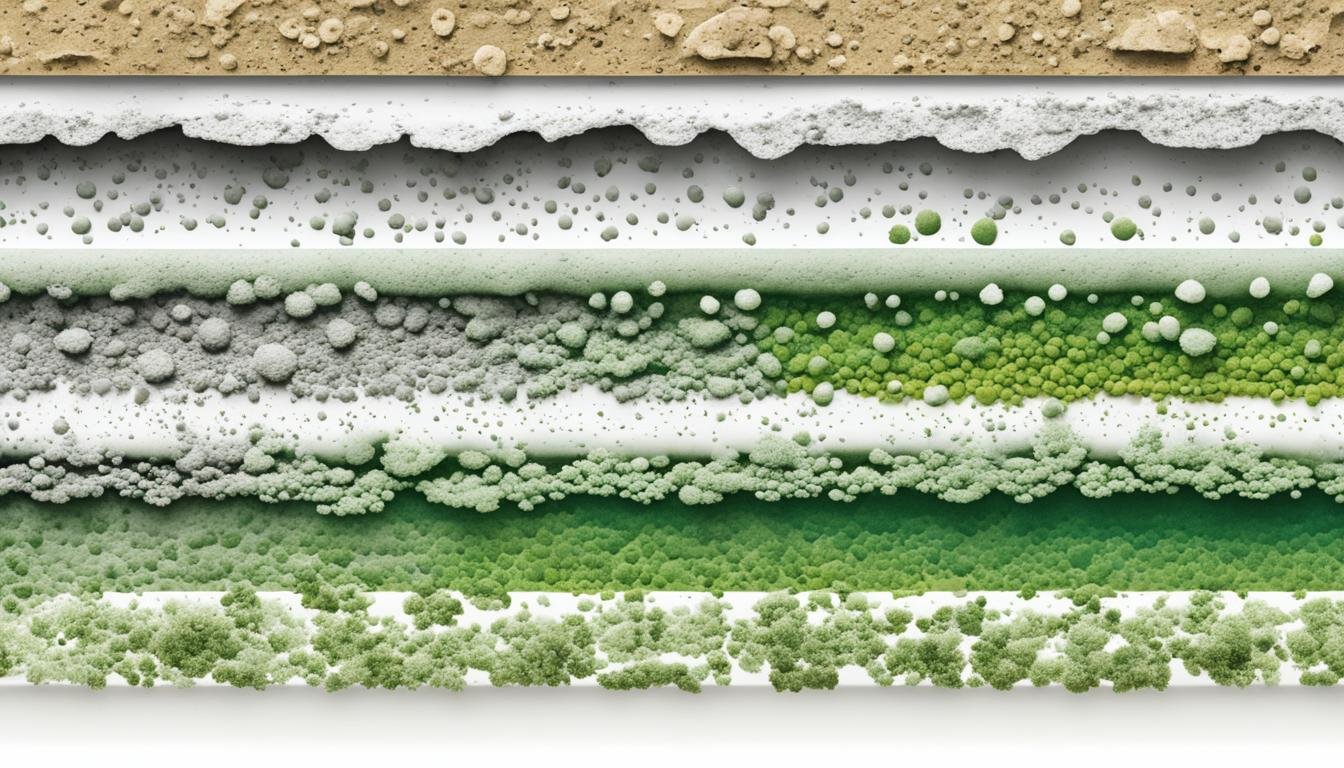Effective Mold Killers for Drywall
Did you know that the key place for black mold is on drywall and wood? This fact highlights the need to know about mold causes, types, and how to fight it. Here, you’ll find the top mold killers. You’ll learn how to remove mold from drywall safely and effectively. Key Takeaways Black mold can start growing on wet drywall within 24 hours, becoming visible within a couple of days, and forming colonies within a week. Drywall consists of gypsum encased in two layers of soft paper, making it a favorable food source for black mold. The best method to remove black mold from drywall is by cutting out the affected area and replacing it with new drywall. Mold killers should be EPA-registered and match the type of surfaces being treated, whether indoor or outdoor. Borax is a recommended solution for killing mold on drywall because it can effectively penetrate porous materials like drywall. Understanding Mold Growth on Drywall Mold on a building’s walls can be bad news. It can cause breathing problems, make your skin itchy, and tire you out. If you own or manage a place, dealing with mold fast is key to keeping it safe for people. Mold on drywall comes from things like leaks, not enough air movement, and too much moisture. Figuring out why it’s there and what kind of mold it is helps in removing it. Causes of Mold on Drywall Extra moisture inside leads to mold on drywall. This can happen for a few reasons: Water damage from leaks, floods, or high humidity Inadequate ventilation, leading to condensation build-up Poor insulation, allowing moisture to accumulate in wall cavities Plumbing issues, such as leaky pipes or faucets Flooding or water intrusion from the outside Types of Mold Found on Drywall Drywall mold can look and feel different, showing what fungus type it is. Here are some common ones found: Black mold (Stachybotrys chartarum): A greenish-black mold that can produce harmful mycotoxins. White mold (Penicillium or Aspergillus): A fluffy, cotton-like growth often found in cool, damp environments. Green mold (Cladosporium): A green or olive-colored mold that thrives in bathrooms and other humid areas. Blue mold (Aspergillus): A blue or blue-green mold that can grow on a wide range of materials, including drywall. Finding out what mold type it is helps make the right plan to get rid of it and keep the place safe. Sometimes, you might need an expert to figure this out and to help remove the mold. Effective Mold Killers for Drywall Contending with mold on drywall means picking the right Effective Mold Killers for Drywall. This step is key for a thorough and safe clean-up. While local stores carry many mold killers, big mold issues often need professional Mold Removal Solutions and Fungicidal Treatments. Concrobium Mold Control is a top choice for many. You can find it at big hardware stores. It’s also beloved by pros and folks at home. Hydrogen peroxide-based cleaners, with their bubbling action and fresh smell, are also highly effective. For tackling mold stains, many recommend RMR-86 and Clorox Clean Up. However, these might not stop the mold from growing again. RMR-86 stands out for pros due to its speed and effectiveness. Some prefer green options, like Benefect, that use oils from thyme. Yet, these may struggle against tough mold stains. Alternatives include using vinegar, baking soda, and plain soap and water. Always read the labels and tips on safe use for any Antimicrobial Cleaning Products. Misuse can harm your health. For large areas or severe damage, consider professional Mold Remediation Services. They are skilled and equipped to handle serious mold problems. Learning about Effective Mold Killers for Drywall and applying Mold Prevention Strategies and Moisture Control Techniques can help keep your home mold-free. For more help, check out sanbernardinowaterdamagerestoration.com. They’re experts on Water Damage Pros in your area. Step-by-Step Guide to Removing Mold from Drywall Tackling mold on drywall may seem tough, but it’s doable with the right steps. This guide will show you how to clean mold off drywall and stop it from coming back. By following these steps, you can keep your home healthy and mold-free. Preparing the Area Before starting, get the area ready. Find and fix any places where moisture might be coming from. Next, cover doors and windows with plastic to keep mold spores from spreading. Don’t forget to wear protective gear like a mask, goggles, and gloves. Removing Surface Mold Start by mixing dish soap with warm water. Then, use a sponge to gently clean the mold. Be careful not to spread more spores. For tougher mold, you can use a mix of vinegar and water or bleach and water. Let the solution sit for 10-15 minutes before wiping it off. Treating the Affected Area After removing the visible mold, treat the area further. Vacuum the space with a HEPA filter to get rid of any remaining spores. Then, use a mold-resistant sealer or special paint to stop mold from growing again. Replacing Moldy Drywall If mold is deep in the drywall, you might need to replace it. Cut out the moldy section and remove it. Clean the space well and make sure it’s completely dry before adding new drywall that prevents mold. Finally, sand, prime, and paint the area to finish. Always remember, if the mold is a big problem or you see black mold, it’s safer to find professional help. With the right care, you can get rid of the mold on your drywall. This will help you keep a healthy, mold-free space. Conclusion Mold growing on drywall is a big problem that needs quick fixing. It’s important for people living or working in the building’s health. And it keeps the building strong too. Understanding how mold starts, what types are there, and using the right solutions helps. This way, you can get rid of the mold on drywall and stop it from coming back. It’s key to follow a clear plan to remove the mold. This plan …


